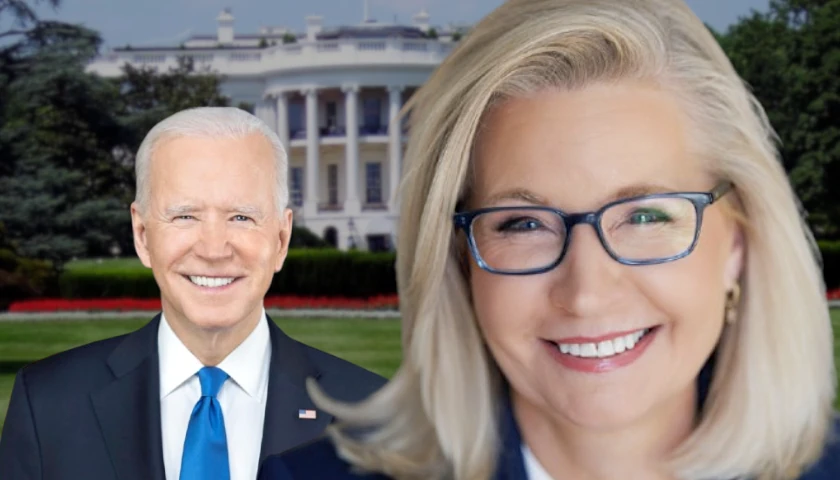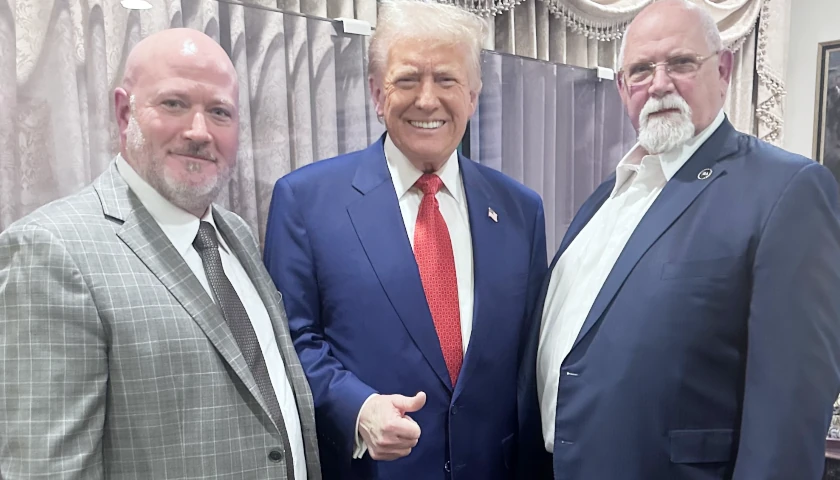Just before Christmas, Mexico’s President Claudia Sheinbaum announced a significant increase in tariffs on textiles and apparel imports, along with the end of a “border-skipping” practice, which allowed U.S. e-commerce sellers to bypass tariffs on Chinese goods. The move – part of Mexico’s strategy to protect its own domestic textile industry and reduce reliance on Chinese imports – sent ripples through the global supply chain.
“The increased tariffs and cessation of duty-free imports puts apparel brands in a scramble to find alternative fulfillment solutions and consider shifting strategies from nearshoring via Mexico to reshoring their operations in the U.S.,” Ryan Martin, President of Distribution and Fulfillment at ITS Logistics said in a statement.
New Tariffs on Textiles and Apparel Imports
The new tariffs announced by Sheinbaum include a 15 percent increase on textiles and up to 35 percent on finished apparel products. These changes are seen as part of Mexico’s broader efforts to foster its own textile industry while reducing imports from China, a move that could also help avoid potential trade conflicts with the United States.
“The tariff on certain textile products, which some media have interpreted as a message to China, is not. It is focused on protecting the national industry. This is part of Plan México,” Sheinbaum (pictured above) said.
Previously, U.S. companies were able to use the “Section 321” provision to avoid paying tariffs on Chinese-made goods by shipping them to Mexico. There, they were processed and shipped directly to U.S. consumers, taking advantage of the Manufacturing, Maquiladora, and Export Services Industry (IMMEX) program, which provided a “Made in Mexico” designation for products, the logistics company noted in its Thursday press release. This system allowed U.S. businesses to benefit from lower tariffs while keeping fulfillment operations within North America. But with the loophole now closed, international manufacturers are looking for new solutions.
“This is costing companies money today, and even if there is a postponement on tariffs, it’s not a winning strategy for companies to just wait and see what happens,” Martin said.
The shift in tariffs has created immediate challenges for companies relying on the former system. As a result, Martin said, logistics firms like ITS have seen a surge in referrals and inquiries from businesses seeking assistance in pivoting their strategies and securing customized distribution solutions, including immediate warehouse space in U.S. facilities.
Rising Demand for Reshoring Solutions
Before the December 19 tariff changes, companies were able to take advantage of duty-free imports when shipping to Mexican warehouses, creating a significant trade route for goods coming from China to Mexico and then into the United States. This practice has been a factor in rising trade between China and Mexico, with China-to-Mexico trade up 22 percent year-over-year from January to August 2024.
As companies adapt to the new tariff environment, returning manufacturing and fulfillment operations to the U.S. has become a key strategy. “There’s no discounting the impact these tariff increases are having on companies,” Martin said. “And while controlling import costs immediately is important, this is an opportunity for company leaders to challenge their current approach, take stock of their entire supply chain.”
– – –
Christina Botteri is the Executive Editor at The Arizona Sun Times and The Star News Network. Follow her on Twitter / X @christinakb.
Photo “Claudia Sheinbaum” by Claudia Sheinbaum.





